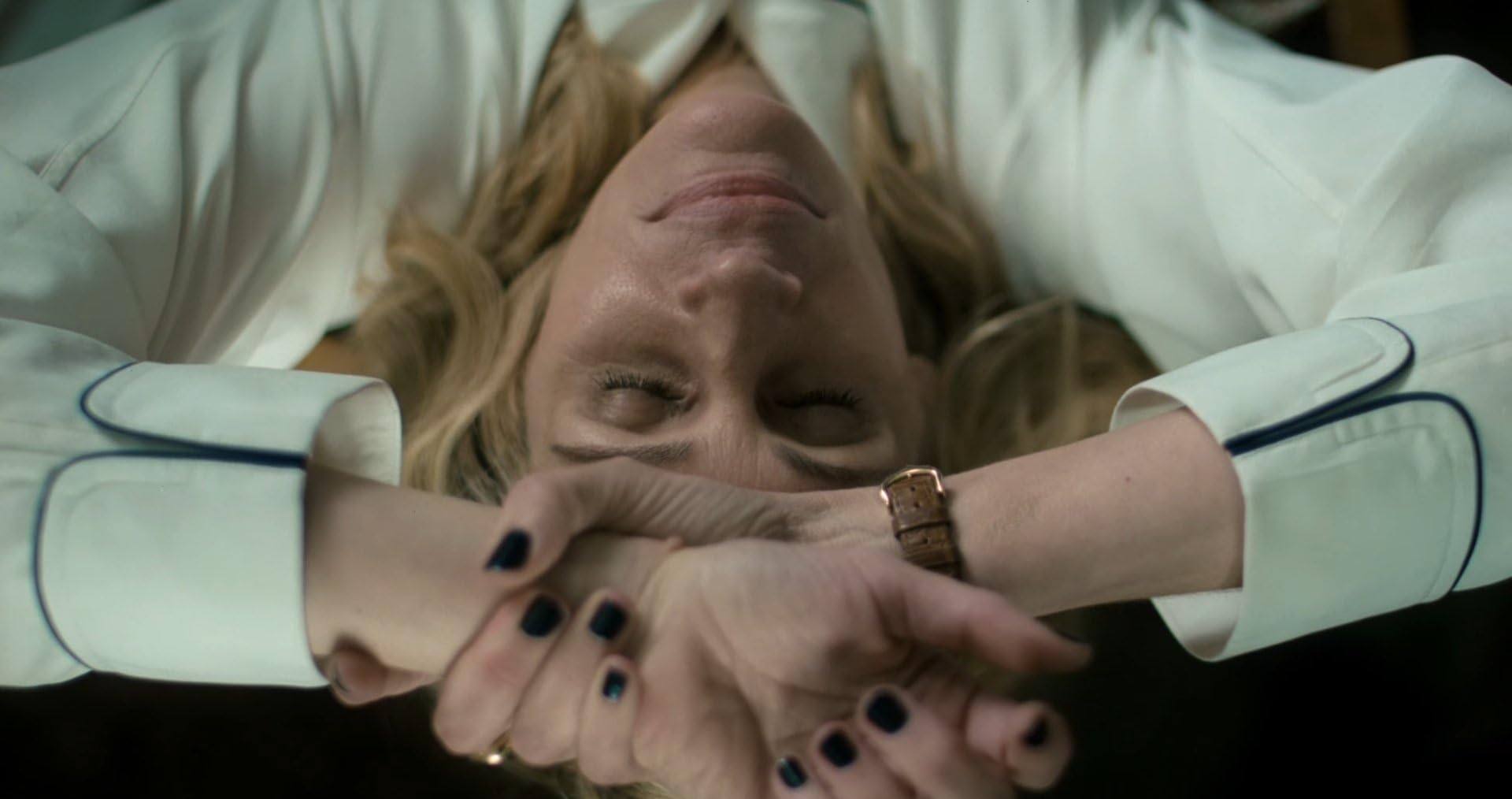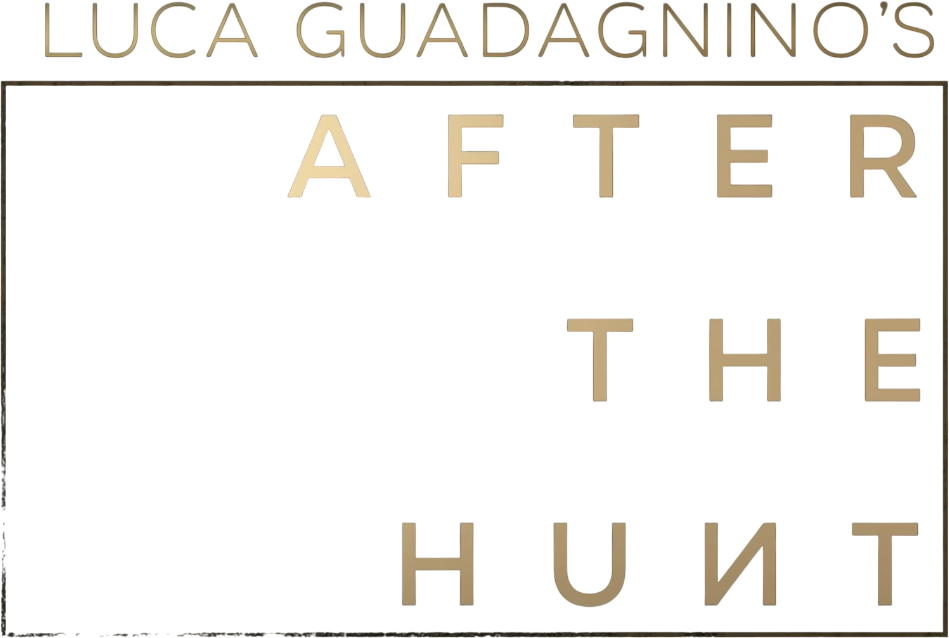Set in 2019, the film follows Yale philosophy professor Alma Imhoff, played by Julia Roberts (“Erin Brockovich,” “Pretty Woman”), as she works with her protégée Maggie Resnick, played by Ayo Edeberi (“The Bear,” “Bottoms”) and fights for tenure against her friend and fellow professor Hank Gibson, played by Andrew Garfield (“The Amazing Spider-Man,” “The Social Network”). One night, Maggie comes and tells her that after a party at Alma’s house a few days prior, Maggie invited Hank to her apartment where he then made advances and assaulted her. The film then follows the ensuing fallout, Hank’s termination, and the tenuous of Alma’s relationships with Maggie, Hank, and Alma’s husband Frederik, played by Michael Stuhlbarg (“Call Me by Your Name,” “The Shape of Water”).
Needless to say, regardless of the social climate, material like this is of a kind that should be handled with a deft hand. Luckily, Guadagnino is a director who knows how to work with his team and get the best out of his actors. Roberts and Garfield are completely magnetic, commanding attention every time they’re on screen. Roberts in particular is entrancing throughout the film, and the scenes she has opposite Edeberi are really something special. The pair have a back and forth that’s multilayered and engrossing to watch. Stuhlbarg’s role feels less consequential than the others, but he employs the same big smile and character actor charm that’s helped his career flourish across blockbuster cinema and independent film.
Given the setting of a school with as rich a history as Yale, it makes sense then that the film’s cinematography is as rich as the faculty. Shot by cinematographer Malik Hassan Sayeed (“Clockers,” “Belly”), the film plays with light and dark corners constantly. Numerous moments have characters half hiding in shadows, faces obscured, with varying degrees of cold, grey rooms and bright warm evenings. It’s a gorgeous looking film, with a decidedly more uneven musical score. Trent Reznor and Atticus Ross (“Tron: Ares,” “The Social Network”) can craft a unique score, and their material here is certainly unique. It’s a more classical piece that fades into the background more often than not, before shattering the illusion with a bombastic motif or musical cue. The problem is that those cues sound closer to a Looney Tunes bit than a piece of dramatic musical technique. Regardless of any other elements of the film, the performances and gorgeous cinematography make it exceptionally watchable.
If that last sentence sounds like there’s a catch, it’s because there is. For as gorgeous as the film looks and as good as the performances are, the script from first-time writer Nora Garrett is, to put it bluntly, not good. It certainly sounds fancy, injecting a lot of flowery language and educational prose into its various monologues and discussions that allow the actors to run wild with the material. Given the talented people working with the material, they’re able to elevate it a good amount, making it seem better than it is. But anytime you stop and think for a moment about the words and logic being said, it mostly falls apart. This especially becomes apparent in the third act as everything comes to a head as the logic slowly begins to collapse in on itself.
A drama with this kind of subject matter, from a director like this, should be cause for acclaim and excitement. Instead, “After the Hunt” is a distractingly well-acted and good-looking film with virtually nothing of substance to say that slowly falls apart as things continue onward. It certainly is fun to watch a cast of actors play some deliciously messy characters, but the film overall is a lot like its prissy Yale students: gorgeous and talking with plenty of fancy language, but with nothing to truly say. 2.5/5


No comments:
Post a Comment